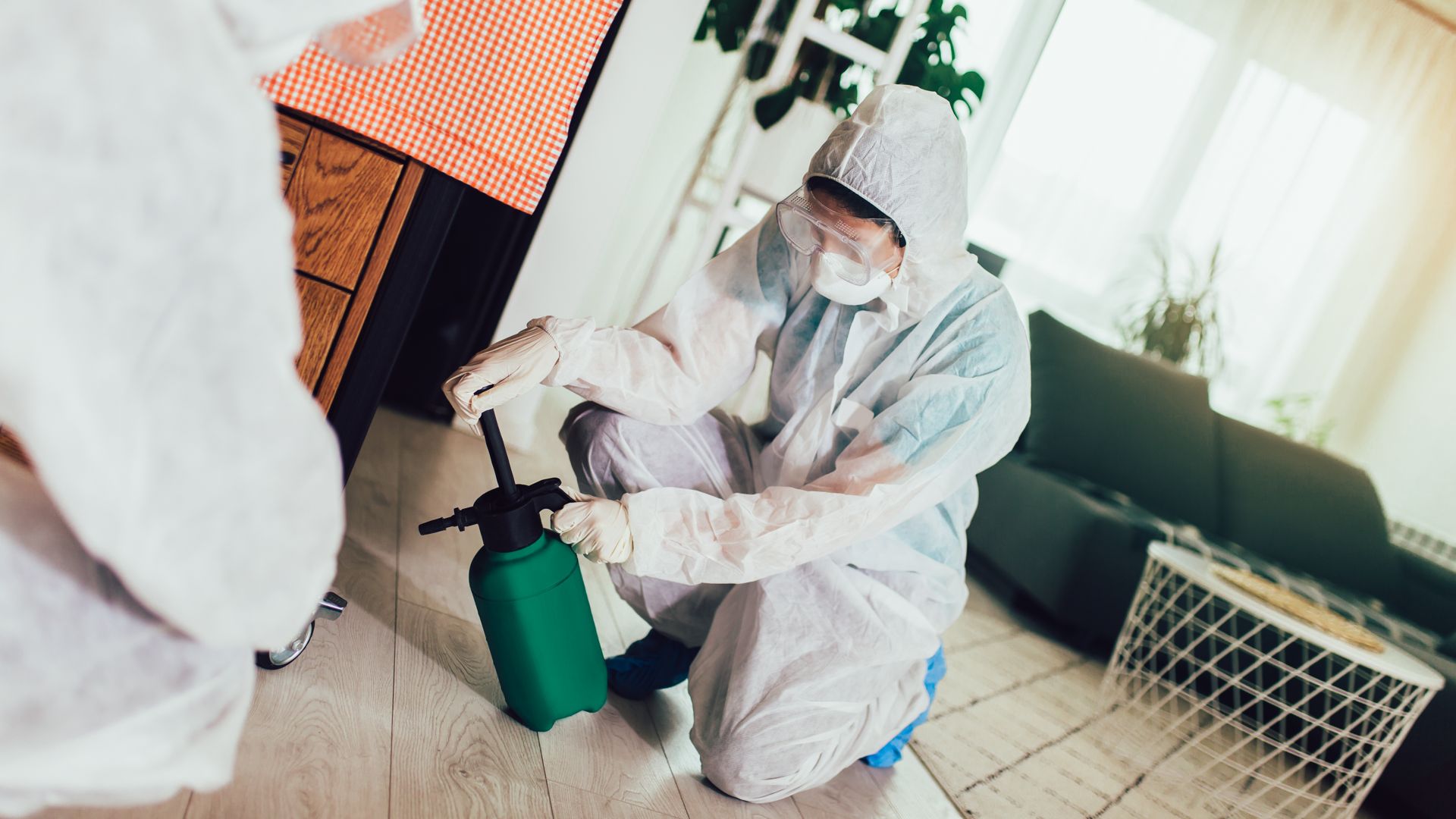Biggest Wildlife Threats For Houston Homeowners
In our neck of the woods, we have several wild animals that can become an issue on our properties. The most common are squirrels, opossums, raccoons, skunks, and bats. Let's take a look at some of the threats these critters can present.
Squirrels
You wouldn't think that squirrels would be too much of a problem but, under the right circumstances, they can be. Squirrels are rodents and rodents chew on things. If a squirrel can get on your roof, it may attempt to chew a hole through your soffits, eaves, or into your roofline trough. It might chew through gaskets around exhaust pipes, trim on your chimney, or seals around roof penetrations. If they do, these holes don't just let squirrels into your attic space, they can let rainwater in as well. This can lead to water damage, mold, and other serious problems. Inside your attic spaces, squirrels will leave their feces and urine everywhere. This can be a disease threat. And a squirrel doesn't usually enter your home by itself. It brings fleas, ticks, mites, lice, and other parasites with it. If you hear noises in your attic, and you think you may have a squirrel up there, keep in mind that a cornered squirrel can be a dangerous animal.
Opossums
Do you have chickens or some other poultry in your yard? If you do, possums can be a serious problem. These pests kill poultry. But in residential areas, where few people have chicken coops, opossums pose a threat in other ways. They get into attic spaces and garages and build messy nests. They contaminate areas with feces and urine. They tear up ductwork and insulation. Out in the yard, these critters can damage lawns by digging for food. They spread fleas, ticks, and other parasites around homes and inside homes. And, while an opossum would rather hiss or play dead, it can attack if it is cornered, scared, or protecting its young.
Raccoons
These little bandits are like human burglars. They have adept fingers that are able to pull a coin out of your pocket. These dexterous digits help them gain access to attics by sliding windows up and moving latches. More commonly, they will get onto roofs and use their shoulder to push up on roof-soffit intersections. This damages the soffit and creates a giant hole for the raccoon to get in. They may also scratch on the edges of a roof and make a hole large enough to gain access to the roofline trough. Once inside, they present the same issues as squirrels and opossums. They contaminate areas with their waste and introduce parasites into homes.
Skunks
These smelly animals rarely get into homes but they can get into sheds or garages, and establish nests under decks, porches, patios, or external stairs. When they do, they can fill your home from bottom to top with a nasty aroma, especially if they are nested underneath a dryer exhaust that runs out under a structure on your home. While skunks aren't considered a threat, they are wild animals that can spray and attack. You should be cautious around them. They're also proficient at spreading ticks and fleas around your yard where you, your kids, and your pets can pick them up and bring them inside.
Bats
These are mostly beneficial creatures—until they get into your home. Bats can eat an impressive number of mosquitoes and that makes them a valuable part of our ecosystem. But they can get into the gap between chimney stacks and exterior walls or climb into soffit holes and gain access to wall voids. Inside your walls, they can make a serious racket. The worst part about bats is that they can be infected with the rabies virus. It is vital that you seek medical attention if you're ever bitten by a bat. For this reason, it is wise to never attempt to remove bats on your own. Contact a licensed professional for extraction.
Wildlife Exclusion
If you need help resolving a wildlife problem or you would like professional wildlife exclusion service for your Houston home, we can help. Our wildlife control professionals provide trapping and exclusion services that are unmatched. Reach out to us today for immediate assistance.

.2503110807321.jpg)
.2412110613398.jpg)
.2412110610205.jpg)